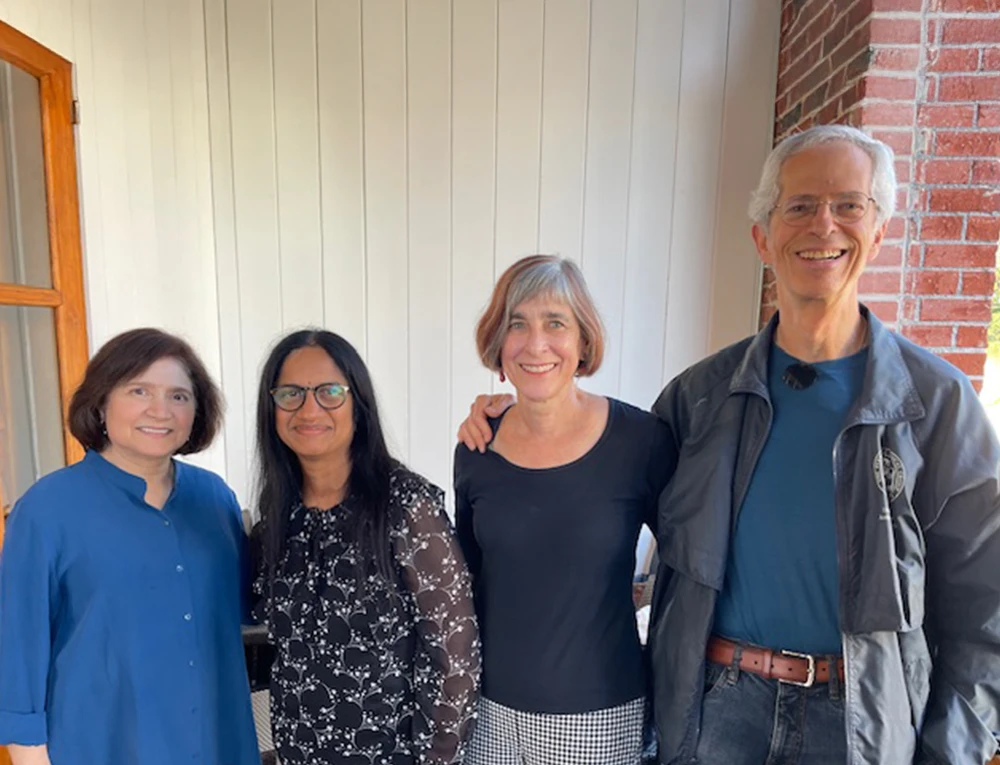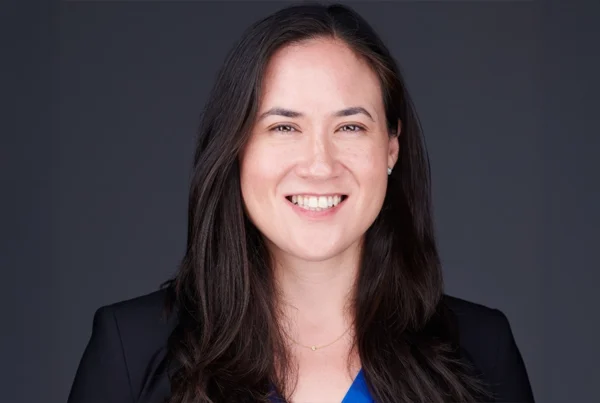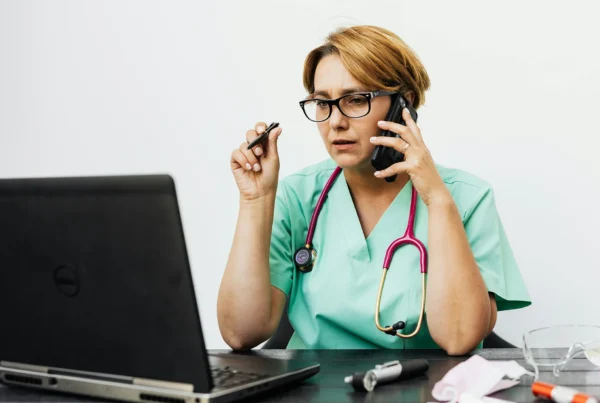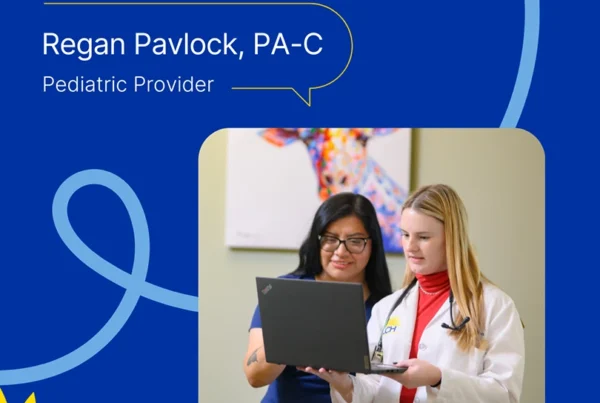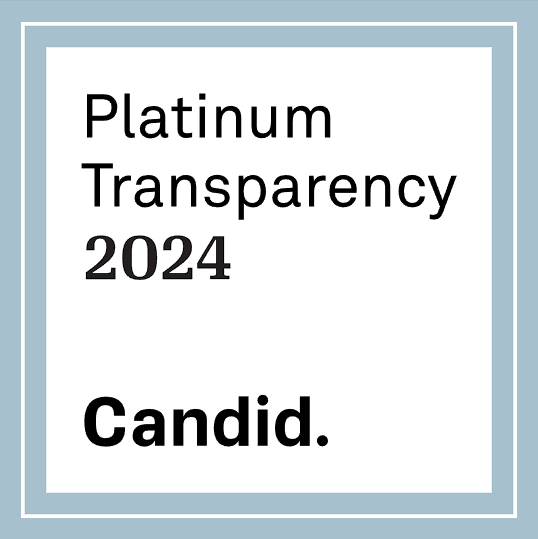How CGM and Education Are Transforming Safety Net Clinics
Managing diabetes in safety net clinics has long been an uphill battle. Patients often face financial hardship, language barriers, limited access to technology, and transportation challenges—making consistent care difficult. But a new initiative at the Community Health Center of Franklin County in Massachusetts is demonstrating that with the right tools, education, and support, meaningful change is possible.
The initiative, supported by MAVEN Project and led by endocrinologist Dr. Sushma Reddy, is a study evaluating whether a sustainable diabetes care management program using continuous glucose monitoring (CGM) and remote patient monitoring (RPM) can improve outcomes for patients with uncontrolled type 2 diabetes in safety net clinics. Participants, all with an A1C 8% or higher, have received a Dexcom G7 CGM, hands-on education, and ongoing support from their diabetes care team.
“I’m really passionate about CGM and how it can change people’s lives,” said Dr. Reddy. “Not only does it improve the management of diabetes, but it also empowers prevention. We’ve seen patients go from feeling overwhelmed to feeling in control, simply because they can see in real time how food, activity, and medications affect their glucose.”
The rapid evolution of CGM highlights just how transformative the technology has become. In 1999, the U.S. Food and Drug Administration approved the first “professional” CGM, according to the National Library of Medicine. By 2015, the launch of the G5 Mobile marked another milestone, allowing glucose data to stream directly to a user’s cell phone.
In less than two decades, CGM has shifted from an experimental tool to an evidence-backed standard of care. Today, the benefits are clear and well-documented. Safety net clinics, however, often serve patients who lack insurance coverage for CGMs unless they are on insulin, leaving many unable to access this life-changing technology. Technology access adds another hurdle, as demonstrated by the many patients in the Franklin County study that do not own a smartphone.
The project tackled these barriers head-on. For patients without smartphones, clinics used stand-alone receivers to capture glucose data. Education was tailored to individual needs, available in Spanish and even sign language, utilizing translators to communicate.
The results so far have been striking. Patients with A1Cs as high as 14% have shown dramatic improvements, some dropping into the 7–8% range within just a few weeks. Beyond numbers, patients report that CGMs spark “lightbulb moments”, allowing them to see exactly how their choices affect their health in real time.
“Once a CGM goes on, it’s immediate,” Dr. Reddy explained. “Patients say, ‘Oh my gosh, when I eat this, my sugar spikes. Maybe I shouldn’t have that—or at least have less.’ That kind of instant feedback leads to sustainable lifestyle changes in ways that lectures alone never could.”
The study also recognizes that primary care clinicians in safety net clinics are stretched thin, often without specialized endocrinology support. Through MAVEN Project’s model, endocrinologists are available to guide clinicians with support. Clinicians also access training on CGM, insulin initiation and titration and diabetes management, as well as e-consults for real-time case support.
“We have to think about our primary care clinicians, too,” said Dr. Reddy. “These clinicians are carrying heavy workloads. For a program like this to work, it must fit into their workflow, and they need the tools and resources to succeed.”
Looking ahead, Dr. Reddy sees two major opportunities to expand this work:
1. Scaling the model to other Federally Qualified Health Centers and safety net clinics nationwide. She emphasized that much of the innovation has come from the Franklin County team itself—the diabetes educators, medical assistants, and primary care leadership who have identified practical ways to integrate CGM into daily workflows.
“One of their ideas was to possibly create a diabetes wellness visit once a year, where a nurse could complete all the essentials in a single appointment—A1C testing, microalbumin, an eye exam—so patients get comprehensive care without added burden,” Dr. Reddy explained. “These are grassroots ideas that make the program sustainable.”
By sharing these lessons across clinics, Reddy hopes to empower other teams to adapt solutions that work best for their own settings.
2. Policy change and advocacy.
“Right now, most insurance companies only cover CGMs for patients on insulin,” she said. “But we’re seeing dramatic improvements for patients who aren’t on insulin. With the right data, we can push for broader coverage. If CGMs were covered for everyone, cost would no longer be a barrier, and the impact could be tremendous.”
Maria Heidenreich, Family Nurse Practitioner and Chief Medical Officer at Franklin County’s Community Health Center, has seen the difference firsthand.
“MAVEN Project has been a very valuable resource over the years. Participation in the CGM program has already led to dramatic improvements in A1Cs for the majority of patients,” she said. “In our clinic, we often see patients with type 2 diabetes who struggle to control their disease, typically because it is so lifestyle-driven and difficult to manage. Insurance rarely covers CGM unless a patient is on insulin, so most of our patients have had no access to this intervention. With CGM, they gain invaluable insight into their disease and are finally able to take control in ways they hadn’t before.”
Heidenreich adds that MAVEN’s mentorship model has fostered a close partnership with Dr. Reddy, who has provided valuable education to providers on CGM interpretation and other key diabetes topics.
While still in its early stages, the project is already delivering results that could reshape diabetes care in underserved communities nationwide.
“We saw great results in earlier models of this program, and now we’re proving they can be replicated in safety net clinics,” Dr. Reddy said. “The barriers—language, education, technology—are real, but they’re not insurmountable. With the right support, these programs can thrive anywhere.”
If successful, this initiative could help ensure that diabetes care is no longer dictated by zip code, language, or income—opening the door to equitable, effective treatment for all.

